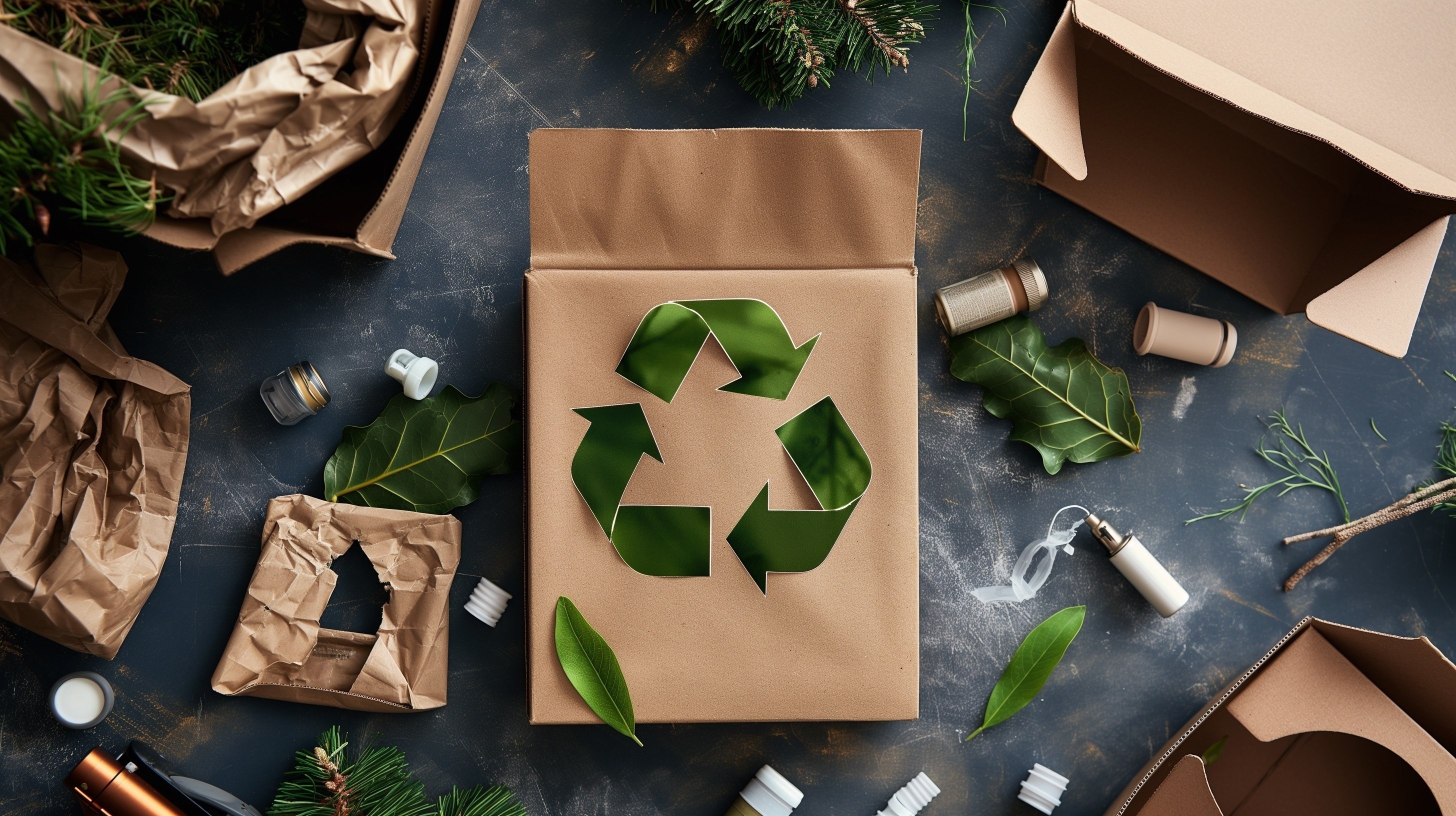
Feb 12, 2025
Blog Life Sciences The Rise of Sustainable Packaging: Global Market to reach $391.1 Billion by 2029
The packaging industry is transforming significantly towards sustainable solutions in a world increasingly aware of its environmental impact. The COVID-19 pandemic has further heightened environmental awareness and accelerated the shift in consumer preferences toward eco-friendly alternatives. This trend emphasizes the urgent need to prioritize maintaining competitiveness in the global market that is constantly evolving. The future of packaging is that solutions can not only protect products but also promote healthier planets.
According to BCC Research, the global market for sustainable packaging is estimated to reach $391.1 billion by 2029 at a compound annual growth rate (CAGR) of 6.0% from 2024 through 2029. As people become increasingly aware of environmental issues, the demand for eco-friendly packaging solutions is becoming increasingly urgent. The need for sustainable development is no longer just a desire but a fundamental requirement for packaging, e-commerce, and manufacturing companies.

The global market for sustainable packaging is estimated to increase from $278.1 billion in 2023 to reach $391.1 billion by 2029, at a compound annual growth rate (CAGR) of 6.0% from 2024 through 2029.
The packaging industry is undergoing rapid transformation, driven by technological advancements and a strong focus on sustainability. Key innovations include:
Biodegradable and Compostable Materials: These materials break down into natural elements like water and carbon dioxide, reducing waste. Examples include synthetic biopolymers like PLA and PHAs and natural biopolymers from proteins and polysaccharides.
Edible Packaging: This innovative approach involves creating packaging that can be consumed with the product. Materials like casein and seaweed are used to make films and layers that are safe to eat, helping to reduce plastic waste.
Reusable Packaging: Designed for multiple uses, this packaging is made from durable materials like plastic, glass, and metal. It aims to replace single-use packaging, reduce waste, and promote a circular economy.
Smart Packaging: These systems use technology to enhance the functionality and sustainability of packaging. For example, smart labels can provide information about the product's freshness, helping to reduce food waste.
Innovative Materials: New materials like seaweed-based packaging and fiber-based solutions are gaining popularity. These sustainable materials offer unique properties that can improve the packaging's performance.
While the move towards sustainable packaging offers numerous benefits, it also presents several challenges, such as higher costs, limited availability of eco-friendly materials, and potential compromises in performance. Companies like PVH and Patagonia have encountered difficulties sourcing recyclable paper and plant-based materials at scale, which can be more expensive. Collaborating with organizations like the Sustainable Packaging Coalition can help businesses find eco-friendly solutions that meet necessary performance standards.
As sustainability becomes a key focus in packaging practices, companies investing in these initiatives prepare for regulatory changes and position themselves as leaders in responsible growth. Adopting sustainable packaging is a powerful strategy for boosting brand loyalty, reducing carbon footprints, and meeting evolving market demands.
Mondi: Mondi is a global leader in packaging and paper and is known for its innovative and sustainable solutions. It focuses on creating products that minimize waste and maximize resource efficiency, contributing to a circular economy.
International Paper: International Paper is a leading paper, pulp, and packaging manufacturer made from renewable fibers. They are at the forefront of packaging innovations, offering sustainable solutions like molded fiber and recyclable paper bags to reduce plastic waste.
NatureWorks LLC: NatureWorks is the world's leading manufacturer of low-carbon Ingeo™ PLA biopolymers derived from renewable resources. They are pioneering compostable packaging solutions, such as coffee pods, to help reduce landfill waste and promote a circular economy.
The sustainable packaging market is set to reach $391.1 billion by 2029, driven by consumer demand, regulatory pressures, and technological innovations. As the world moves towards a more sustainable future, adopting eco-friendly packaging solutions will be essential in reducing environmental impact and promoting a circular economy.

Kavita Rawat is a Marketing Operations Executive at BCC Research, with a master’s degree in business. She specializes in optimizing marketing strategies and content creation. With her MBA, she combines her passion for marketing with her academic prowess to drive success in the ever-evolving field.
In today’s fast-paced biomedical world, researchers and pharmaceutical companies...

Radiopharmaceuticals represent a cutting-edge frontier in modern medicine, offer...

Implantable Remote Patient Monitoring (IRPM) devices are revolutionizing healthc...

We are your trusted research partner, providing actionable insights and custom consulting across life sciences, advanced materials, and technology. Allow BCC Research to nurture your smartest business decisions today, tomorrow, and beyond.
Contact UsBCC Research provides objective, unbiased measurement and assessment of market opportunities with detailed market research reports. Our experienced industry analysts assess growth opportunities, market sizing, technologies, applications, supply chains and companies with the singular goal of helping you make informed business decisions, free of noise and hype.